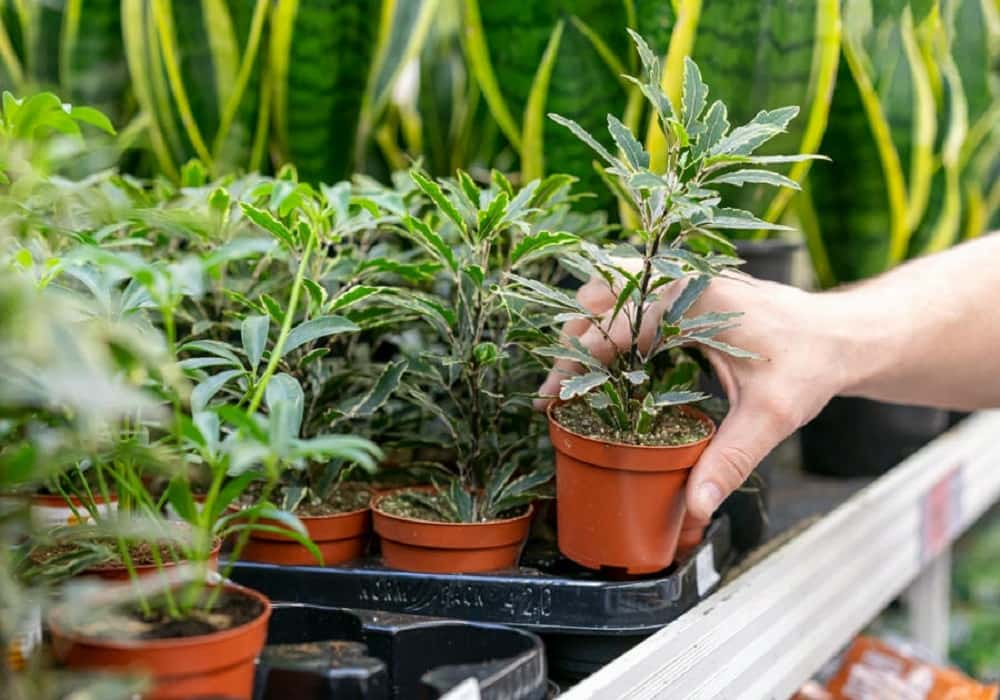Flourish Indoors and Out: Practical Tips for Gardening at Home
Home gardening is a fulfilling way to add greenery, lower stress, and enjoy fresh fruits or flowers. Whether you have a large backyard, a small balcony, or a sunny windowsill, gardening provides plenty of chances to create a lively environment. Here are some useful tips for gardening at home to kickstart your gardening journey or enhance your skills.
1. Select Suitable Plants for Your Area
Your garden’s success hinges on choosing plants that fit your space and conditions.
- Indoor Areas: Choose easy-care plants like pothos, snake plants, or succulents that do well in low light.
- Outdoor Areas: In a garden, select sun-loving varieties like marigolds, basil, or tomatoes.
- Small Balconies or Patios: Grow herbs such as mint, thyme, and parsley in containers.
2. Know Your Local Weather
Understanding your local climate is vital for effective gardening. Notice how much sunlight your area gets and choose plants that thrive under those conditions. For instance:
- Hot Areas: Opt for drought-tolerant plants like aloe vera or lavender.
- Cooler Areas: Grow leafy greens, pansies, or spring bulbs.
3. Prepare Soil Effectively: Tips for Gardening
- Check the pH level and adjust it if necessary.
- Add organic compost or manure to boost nutrients.
- Ensure proper drainage to avoid water accumulation. For indoor pots, mix garden soil, sand, and cocopeat for good aeration and moisture holding.
4. Water Properly
Common mistakes include overwatering and underwatering.
- Outdoor Gardens: Water in the early morning or late evening to reduce evaporation.
- Indoor Plants: Test soil moisture with your finger; only water when the top inch feels dry.
- Consider self-watering pots for ease.
5. Choose the Right Containers
Container choice affects plant health.
- Pick pots with drainage holes to avoid root issues.
- Use large pots for deep-rooted plants like tomatoes or bell peppers.
- Repurpose items like jars or buckets for eco-friendly gardening.
6. Try Vertical Gardening
Vertical gardening is a great option when space is limited.
- Add wall planters for herbs or trailing plants.
- Use trellises or stakes for climbing plants like beans or cucumbers.
- Hang planters from ceilings or railings for added flair.
7. Regularly Feed Your Plants
Nutrients are crucial for robust growth.
- Use organic fertilizers like vermicompost, bone meal, or liquid seaweed.
- Apply nutrients based on plant needs, typically every 4–6 weeks.
- Beware of over-fertilizing, which can harm your plants.
8. Manage Pests Naturally
Pests can harm your garden, but you can control them without harsh chemicals.
- Regularly check for pests like aphids or spider mites.
- Utilize natural solutions like neem oil or garlic sprays.
- Encourage beneficial insects like ladybugs to help manage harmful pests.
9. Prune for Health
Frequent pruning encourages bushier, healthier plants.
- Trim dead leaves and branches to focus energy on new growth.
- Pinch herb tips like basil to boost leaf growth.
- Use clean, sharp tools to avoid damaging plants.
10. Practice Patience and Persistence
Gardening is a learning journey that requires patience. Not every plant will succeed initially, but persistence is key.
- Start small and gradually expand your garden.
- Experiment with various plants and methods.
- Learn from setbacks to improve your gardening techniques.
11. Try Companion Planting
Companion planting involves pairing plants that help each other grow.
- Grow marigolds alongside vegetables to keep pests away.
- Combine basil and tomatoes for better flavor and pest defense.
- Steer clear of planting species that compete for nutrients.
12. Enjoy the Experience
Gardening is about the process, not just the results.
- Dedicate time to care for your plants daily, which can be relaxing.
- Include family or children to make it a fun learning experience.
- Celebrate small milestones, like the first flower or harvest.
13. Utilize Technology for Help
Smart tools and apps can simplify gardening tasks.
- Use apps to identify plants, track watering, and access care advice.
- Consider automatic irrigation for larger gardens.
14. Adapt to Seasonal Gardening
Tailor your gardening activities to the seasons.
- Plant seasonal veggies and flowers for a garden that blooms year-round.
- Shield delicate plants during extreme weather with covers or shade.
Conclusion
Home gardening is a rewarding hobby that connects you with nature while enhancing your space. By applying these tips for gardening at home, create a robust garden that thrives throughout the year. With care, patience, and enthusiasm, your home can transform into a lush oasis filled with vibrant plants, fresh produce, and endless joy.






